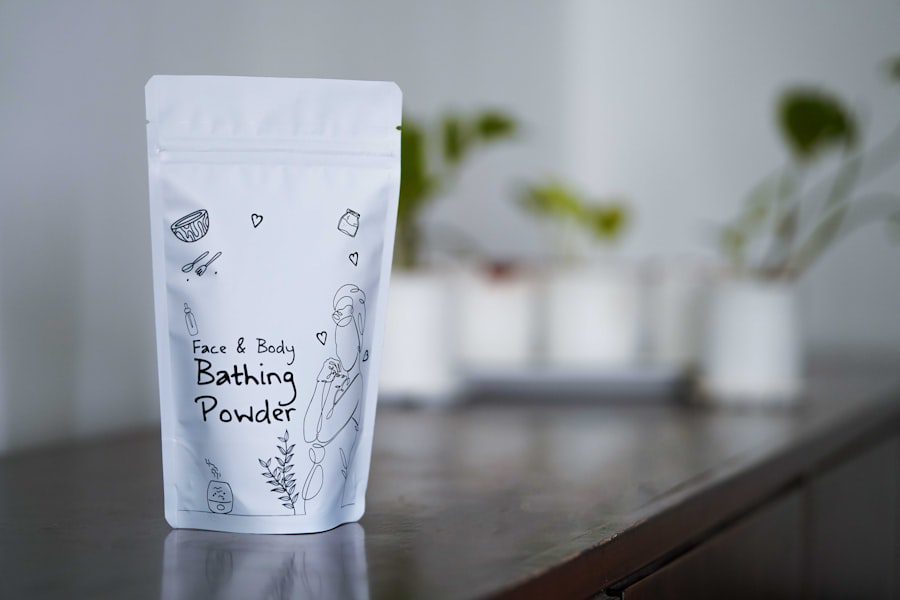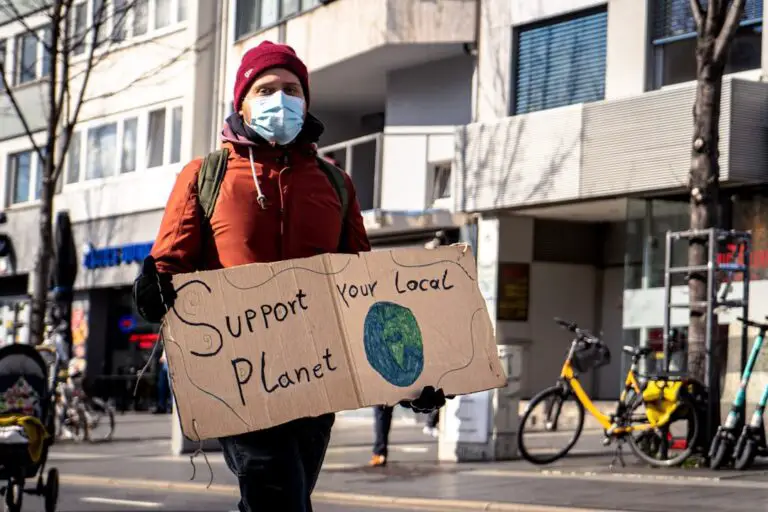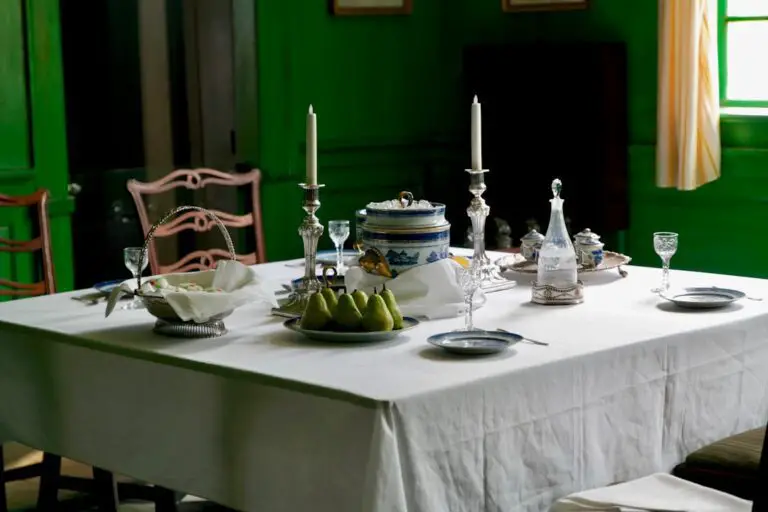A look at the hottest trends in the candle industry for 2024.
In recent years, the demand for sustainable and eco-friendly materials has surged, particularly in the candle-making industry. Consumers are increasingly aware of the environmental impact of their purchases, leading to a shift towards materials that are not only renewable but also biodegradable. Traditional candles, often made from paraffin wax derived from petroleum, can release harmful toxins when burned.
In contrast, eco-friendly alternatives such as soy wax, beeswax, and coconut wax have gained popularity due to their cleaner burning properties and lower carbon footprints. Soy wax, for instance, is derived from soybeans, a renewable resource that supports agricultural economies. It burns longer and produces less soot compared to paraffin, making it a healthier choice for both consumers and the environment.
Moreover, the trend towards sustainability extends beyond the wax itself. Many candle manufacturers are now focusing on using natural essential oils for fragrance instead of synthetic scents, which can contain harmful chemicals. Essential oils not only provide a more authentic aroma but also contribute to the overall wellness of the user.
Additionally, packaging has also seen a transformation; brands are opting for recyclable or compostable materials to minimize waste. Glass jars, metal tins, and even biodegradable packaging made from plant materials are becoming commonplace. This holistic approach to sustainability not only appeals to eco-conscious consumers but also fosters a sense of responsibility among manufacturers to contribute positively to the planet.
Customizable and Personalized Candles
The rise of customization in consumer products has reached the candle industry, allowing individuals to create personalized experiences that reflect their unique tastes and preferences. Customizable candles can range from selecting specific scents to choosing colors, sizes, and even the type of container. This trend is particularly appealing for special occasions such as weddings, birthdays, or corporate events where personalized gifts can leave a lasting impression.
For instance, couples may opt for candles that feature their names and wedding date, infused with scents that evoke memories of their relationship. Furthermore, the ability to customize candles extends to scent blending, where customers can mix and match various fragrances to create a signature scent that resonates with them. This interactive experience not only enhances consumer engagement but also allows individuals to express their creativity.
Some brands even offer workshops where participants can learn about fragrance notes and blending techniques while crafting their own candles. This hands-on approach fosters a deeper connection between the consumer and the product, transforming a simple candle into a cherished keepsake or a thoughtful gift.
Aromatherapy and Wellness Candles
Aromatherapy has long been recognized for its therapeutic benefits, and candles infused with essential oils have become a popular way to incorporate this practice into daily life. Wellness candles are designed not just to provide light or ambiance but also to promote relaxation, reduce stress, and enhance overall well-being. Scents such as lavender, eucalyptus, and chamomile are commonly used for their calming properties, while citrus scents like lemon and orange can invigorate and uplift the mood.
The act of lighting a candle can itself be a ritualistic practice that signals the mind to unwind and transition into a state of relaxation. In addition to traditional aromatherapy benefits, some brands are now formulating candles with specific wellness goals in mind. For example, candles infused with essential oils known for their anti-anxiety properties may be marketed as stress-relief candles.
Others may focus on enhancing focus and concentration through scents like peppermint or rosemary. The growing awareness of mental health has led consumers to seek products that support their emotional well-being, making wellness candles an attractive option. By combining the sensory experience of fragrance with the soothing glow of candlelight, these products create an environment conducive to mindfulness and self-care.
Unique Shapes and Designs
The aesthetic appeal of candles has evolved significantly over the years, with unique shapes and designs becoming a focal point for many consumers. Gone are the days when candles were merely cylindrical or pillar-shaped; today’s market offers an array of innovative forms that serve as both functional items and decorative pieces. Sculptural candles shaped like animals, geometric figures, or even abstract art pieces have gained traction among consumers looking to make a statement in their home decor.
These artistic designs not only enhance the visual appeal of a space but also invite conversation and intrigue. Moreover, the trend towards unique candle designs has led to collaborations between candle makers and artists or designers. Limited-edition collections featuring exclusive shapes or artistic motifs can create a sense of urgency among consumers eager to own something truly one-of-a-kind.
For instance, some brands have released candles shaped like famous landmarks or cultural symbols, appealing to travelers and those with an appreciation for art and history. This fusion of functionality and artistry allows consumers to curate their living spaces in a way that reflects their personal style while enjoying the warm ambiance that candles provide.
Technology-Integrated Candles
As technology continues to permeate every aspect of our lives, it was only a matter of time before it found its way into the candle industry. Technology-integrated candles are revolutionizing how we interact with these traditional products by incorporating features such as smart controls and connectivity options. For example, some modern candles can be controlled via smartphone apps, allowing users to adjust brightness levels, set timers, or even change colors based on their mood or occasion.
This level of customization adds a new dimension to the candle experience, making it more interactive and engaging. Additionally, technology has enabled the development of LED candles that mimic the flickering effect of real flames without the associated risks of fire hazards or smoke. These flameless options are particularly appealing for households with children or pets where safety is a concern.
Some LED candles even come equipped with sound features that replicate the soothing crackle of burning wax or ambient sounds that enhance relaxation. By merging traditional candle aesthetics with modern technology, these innovations cater to contemporary lifestyles while maintaining the essence of what makes candles so beloved.
Multi-Sensory Experiences
The concept of multi-sensory experiences is gaining traction across various industries, including home fragrance and candle making. Candles are no longer just about light and scent; they are evolving into holistic experiences that engage multiple senses simultaneously. For instance, some brands are incorporating sound elements into their candle offerings by embedding speakers that play soothing music or nature sounds when lit.
This integration creates an immersive environment that enhances relaxation and mindfulness practices. Moreover, tactile elements are also being explored in candle design. Textured surfaces or unique materials can add an additional layer of sensory engagement when handling the candle itself.
Some brands have experimented with incorporating crystals or herbs within the wax, allowing users to visually appreciate these elements while enjoying the fragrance they emit when burned. The combination of sight, sound, touch, and smell transforms the simple act of lighting a candle into a rich sensory journey that resonates deeply with consumers seeking more than just a product but an experience.
CBD-Infused Candles
The rise of CBD (cannabidiol) products has permeated various sectors, including wellness and self-care markets. CBD-infused candles have emerged as a novel way to harness the calming properties associated with this non-psychoactive compound derived from hemp plants. These candles are often formulated with essential oils alongside CBD oil to create a synergistic effect that promotes relaxation and stress relief when lit.
The appeal lies in the dual benefits: users can enjoy the soothing aroma while potentially experiencing the calming effects of CBD. The market for CBD-infused candles is still relatively new but is rapidly gaining traction as consumers become more educated about the benefits of CBD in promoting mental well-being. Brands often highlight lab-tested formulations to ensure quality and transparency regarding cannabinoid content.
As regulations surrounding CBD continue to evolve, consumers are increasingly seeking out products that align with their wellness goals without the psychoactive effects associated with THC (tetrahydrocannabinol). This trend reflects a broader movement towards holistic health solutions that prioritize natural ingredients and self-care practices.
Virtual Reality Candle Experiences
As technology advances at an unprecedented pace, virtual reality (VR) is beginning to find its place in various industries—including home fragrance and candle experiences. Virtual reality candle experiences allow users to immerse themselves in digitally created environments where they can explore different scents and atmospheres without physically lighting a candle. Imagine stepping into a serene forest filled with pine-scented air or wandering through a sunlit citrus grove—all from the comfort of your living room.
These VR experiences can be enhanced by integrating scent diffusion technology that releases corresponding fragrances as users navigate through virtual environments. This multi-layered approach not only engages sight but also stimulates olfactory senses in ways previously unimaginable. Brands may use this technology for marketing purposes or as part of an innovative retail experience where customers can preview scents before making a purchase decision.
As consumers increasingly seek unique ways to engage with products beyond traditional methods, virtual reality offers an exciting frontier for candle enthusiasts looking for something truly extraordinary in their sensory journey.
A related article to “A look at the hottest trends in the candle industry for 2024” is “Ecofriendly Candle Making: Create Stunning DIY Candles” from Crafters Buzz. This article explores the growing trend of eco-friendly candle making and how it is impacting the industry. It discusses the benefits of creating DIY candles using sustainable materials and how consumers are increasingly seeking out environmentally friendly options. This trend is not only good for the environment but also for the overall growth of the candle industry as a whole.
FAQs
What are the hottest trends in the candle industry for 2024?
Some of the hottest trends in the candle industry for 2024 include eco-friendly and sustainable candles, personalized and customizable candles, unique and exotic scents, and innovative candle designs.
Why are eco-friendly and sustainable candles trending in 2024?
Eco-friendly and sustainable candles are trending in 2024 due to increasing consumer awareness and demand for environmentally friendly products. Manufacturers are using natural and renewable materials to create candles that are biodegradable and have minimal impact on the environment.
What is driving the demand for personalized and customizable candles in 2024?
The demand for personalized and customizable candles in 2024 is being driven by consumers seeking unique and one-of-a-kind products. Customizable candles allow customers to create their own scents, colors, and designs, making them a popular choice for gifts and special occasions.
What types of unique and exotic scents are popular in the candle industry for 2024?
In 2024, unique and exotic scents such as tropical fruits, floral blends, and earthy aromas are popular in the candle industry. Consumers are drawn to candles with distinctive and captivating fragrances that transport them to different places and evoke specific moods.
How are innovative candle designs shaping the industry in 2024?
Innovative candle designs, such as geometric shapes, layered colors, and multi-wick candles, are shaping the industry in 2024 by offering consumers visually appealing and decorative options. These designs add a modern and artistic touch to traditional candles, attracting a wider audience.















